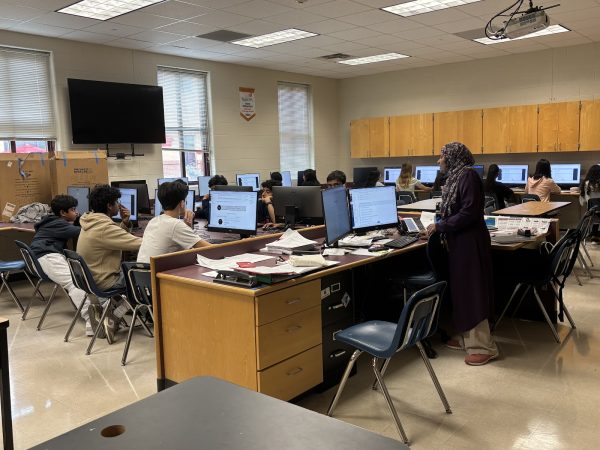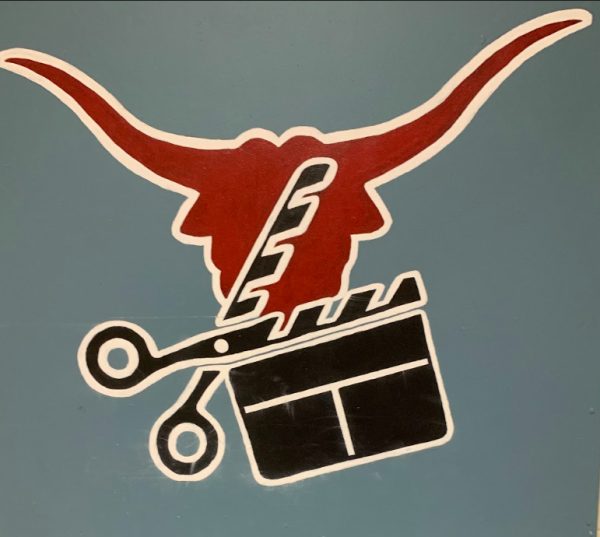Broke from college, broke for life
Unpaid college tuition seems to be a challenge for all students who are struggling in the edge of bankruptcy.
About 68.4 percent of American high school graduates find themselves a part of the new freshmen classes at thousands of colleges and universities across America, which offer enrollment and provide a brand new home. However, after all is said and done, that home is often much too expensive. So, the real question is, how many families can afford the increasing college tuition that could sent them into a world of debt? How many can effectively pay off the loans with a successful job and within the limited time given?
The tuition for all schools within the nation varies from at its lowest from $6,187 at Delta State University to its highest of $54,457 at Harvey Mudd College. Students may not be fully aware of the huge load of money required to attend college until they graduate and are hit by the cruel reality of paying off debt. These piles of debt left can drag them down to failure. This ultimately leads to an unsuccessful future following college graduation.
Some parents and families are able to supply the individual with limited funding, but most likely, not the entire expanse. These four years of college will pile up a much higher debt than they have anticipated, resulting in the student’s future financial struggle.
Just like many other schools, Harvey Mudd College, a private liberal-arts college in Claremont, California provides various scholarships and grants for their students in order to handle such high tuition cost. To sufficiently sponsor their students there are four main types of loans available for them: Federal Direct Loans, Federal Perkins Loans, Harvey Mudd Loans and Private Loans. They require any interested students to complete proper applications, forms and financial documents by the posted deadlines through an annual process. “Students who are interested in receiving low-interest federal loans and/or state and federal grants are required to complete the Free Application for Federal Student Aid (FAFSA). Students who want to be considered for Harvey Mudd College need-based institutional aid must also complete the CSS\Financial Aid PROFILE available from the College Board.” The school requires the students to take full responsibility in providing enough evidence that they are in fact eligible to receive financial aids, which the majority of students will need to attend this particular private college.
A current senior at the Gwinnett School of Mathematics, Science, and Technology, who wishes to be kept anonymous, has been looking forward to receiving financial aid from the colleges she was applying for, during the winter of 2016. She was granted limited scholarships from her first choice school, which was none other than an out-of-state school. She hoped to fulfill her career as a nurse at the University of Alabama-Birmingham, until the school informed her of additional thousands of dollars that would be added to her tuition due to her desire to major in the medical field. This student and her family had to critically evaluate the expense they would be forced to pay in the span of four years, which went over their budget. “It’s just not fair. Most financial aid is given to people who are really in need with very small income, which means the middle class barely get anything because they’re not rich nor poor,” says the senior. She expressed her distaste in the difficulty of paying college tuition as a member of middle class society.
She also explained that her schools of choice, all Ivy Leagues, tend to be the most expensive. This leaves her left with no choice but to attend lower level colleges so that she is able to sufficiently pay for all four years of school, without the necessity to fully commit to the abundant amount of looming debt.
This senior at GSMST will be attending an in-state school that allows her to graduate before four years and ensures her position in the nursing school.
Another middle class senior at Parkview High School in Lilburn, Georgia has committed to one of the schools included in her list of desirable colleges, a list entirely composed of in-state schools. The student explained the need of receiving every available scholarship offered at the school in order to attend college without putting much pressure on both herself and her family. “I decided to only apply to in-state schools and attend there for two years with full scholarship. I’m planning to spend the first few years on my home ground and take the rest of the college classes, which would primarily include major classes, at schools where my major can be specialized under advanced systems of education,” claims the student.
There are very limited potential ways to run freely from the student loans that are holding back college kids. They must first file petitions to prove their hardships in repaying the huge amount of debts collected from receiving a college level education. On the other hand, the reorganization method is highly beneficial for the students to slowly and continuously follow their plans of building their credits back. This process allows the students to start repaying the immediate payments, including mortgages and car loans, and then repay the creditors over time. This choice of payment is granted but often difficult for the students to achieve.
High school graduates have to plan out their next four years in a way where they can benefit both financially and academically. They are to receive the best education they can afford, find success in their career, and later pay their college debts slowly and consistently as a legal adult without much aid provided. However, the reality is that 44.2 million Americans are left with student debts with the total amount of $1.41 trillion in US dollars. Their monthly payment is on average $351 which is a huge amount of money that the adolescent and inexperienced workers are pressured with. Loans are limited and may force some adolescents onto the street with a major underhand in life. College tuitions and their corresponding student debts are looming during every moment of the four high school years, rising already overwhleming tensions of college graduates.
Your donation will help support The Lambert Post, Lambert High Schools student-run newspaper! Your contribution will allow us to purchase equipment and cover website hosting costs.













